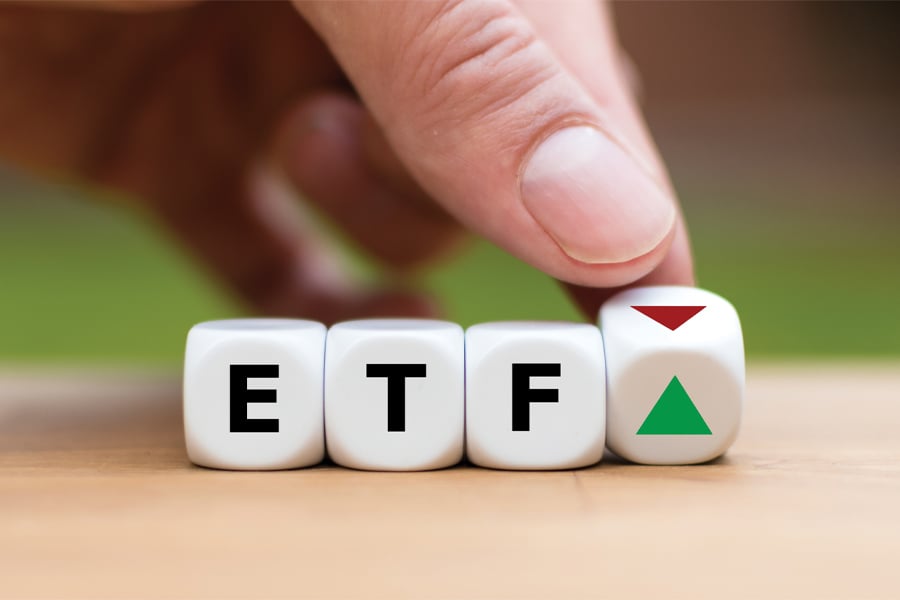

US-listed ETFs pulled in a total of $123 billion in inflows during October, marking the second-highest monthly record for 2024, according to recent reports from State Street Global Advisors and Canada-based National Bank Financial.
The strong October inflow was fueled by demand for both equity and bond ETFs, as well as a notable increase in interest for alternative assets amid an environment of economic and political uncertainty.
Equity ETFs saw the largest share of inflows totalling $80 billion, according to State Street, led by a $61 billion influx into US equity funds. That was followed by a substantial $10 billion in inflows for single-country China ETFs that were boosted by stimulus announcements from the Xi Jinping-led government.
“Regardless of what the drivers are and whether the pace will be sustainable, current flows for China-focused ETFs rank as the most-ever over any three-month period,” State Street said in its report.
Meanwhile, bond ETFs attracted around $31 billion, continuing a strong year for fixed income flows. State Street highlighted that active bond ETFs set a monthly record with $15 billion in new assets, reflecting a growing trend toward actively managed funds as investors sought professional oversight in a volatile interest rate environment.
“[D]emand for active fixed income strategies has exploded in 2024, with year-to-date inflows reaching $84 billion – already exceeding the combined inflows
from 2021 to 2023,” National Bank’s analysts noted.
Commodity ETFs also gained popularity as they took in $3.7 billion, with $2.6 billion directed to gold ETFs alone. State Street’s analysis suggests that this interest in gold aligns with ongoing inflationary pressures and broader uncertainty, which have encouraged investors to diversify away from highly correlated stock and bond markets.
“Stickier inflation and ever-present geopolitical risks have supported the demand for non-traditional assets like gold and broad commodities.,” State Street said, noting that the positive inflows into gold strategies are one month away from beating the streak in 2020, when pandemic fears stoked demand for the yellow metal.
Overall, the October data from both reports reflects a preference among investors for assets that provide resilience or yield in a turbulent market. With year-to-date ETF flows reaching $861 billion, both firms project total inflows for 2024 may exceed $1 trillion, driven by anticipated seasonal increases in November and December.

Most firms place a limit on advisors’ sales of alternative investments to clients in the neighborhood of 10% a customer’s net worth.

Those jumping ship include women advisors and breakaways.

Firms in New York and Arizona are the latest additions to the mega-RIA.

The agent, Todd Bernstein, 67, has been charged with four counts of insurance fraud linked to allegedly switching clients from one set of annuities to another.

“While harm certainly occurred, it was not the cataclysmic harm that can justify a nearly half billion-dollar award to the State,” Justice Peter Moulton wrote, while Trump will face limits in his ability to do business in New York.
Orion's Tom Wilson on delivering coordinated, high-touch service in a world where returns alone no longer set you apart.
Barely a decade old, registered index-linked annuities have quickly surged in popularity, thanks to their unique blend of protection and growth potential—an appealing option for investors looking to chart a steadier course through today's choppy market waters, says Myles Lambert, Brighthouse Financial.
